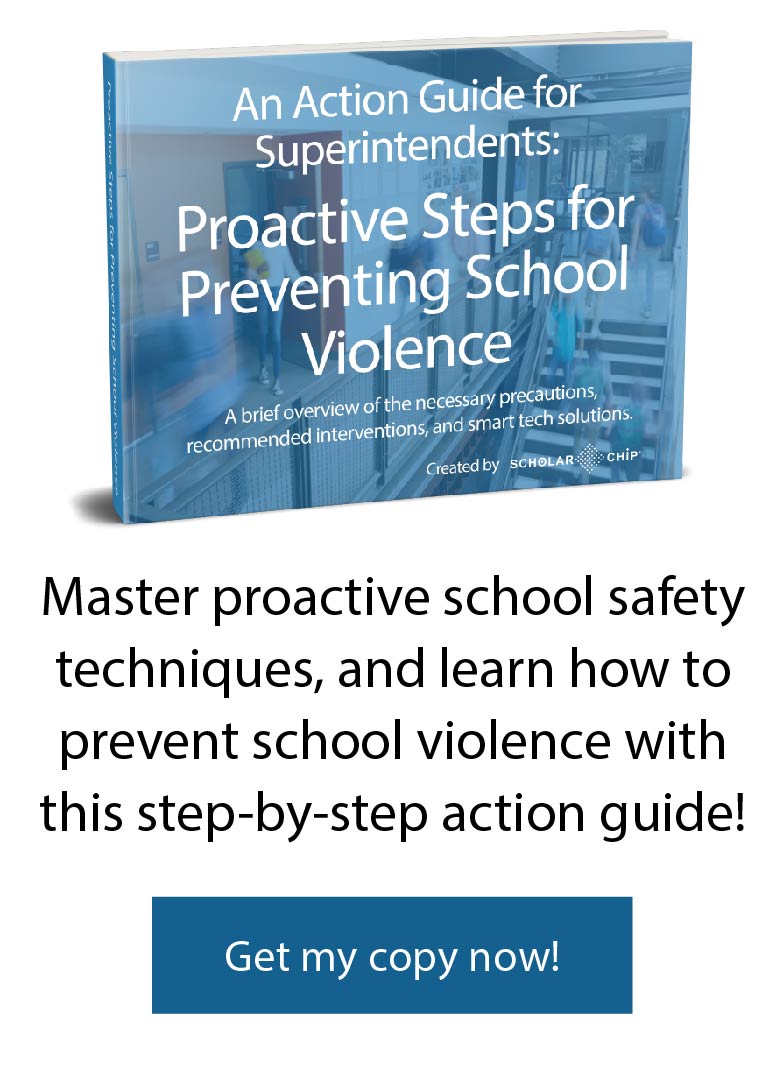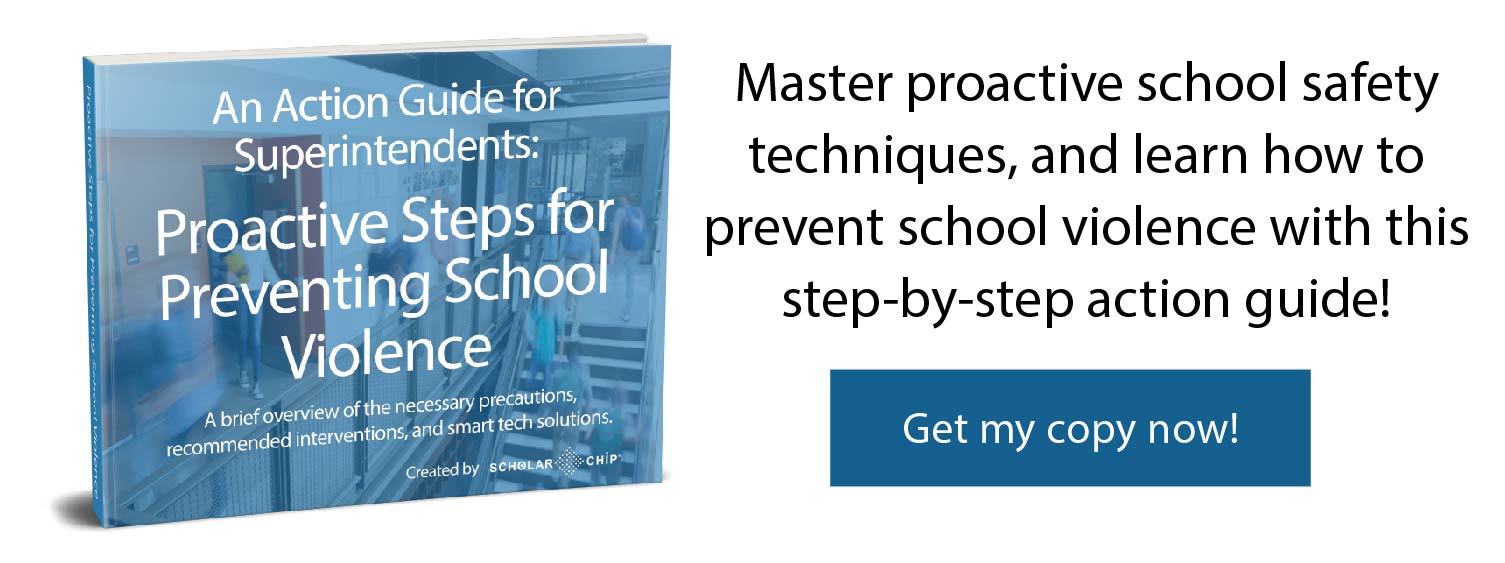Bullies aren’t picky. If they were, it might make the job of rooting out bullying easier for school administrators and superintendents. Bullying is a severe problem across the socio-economic spectrum that should be addressed in the correct manner.
In 2016, the U.S. Department of Education supplemented their National Crime Victimization Survey with a report that centered on bullying for students aged 12 to 18. The report showed that 20 percent of students in that age group reported having been bullied during the 2014-2015 school year – everything from being made fun of or called names to be threatened with harm and physically attacked.
While the number of students who experienced bullying was concerning on its own, so was the types of students who experienced bullying. In short, there was not a single group that didn’t face a type of bullying. Boys reported experiencing bullying as often as girls, students across races reported similar rates of bullying. Children were targeted across household income ranges as well.
Because bullying is an important school safety issue, and one that impacts all students, schools and superintendents must be concerned with this issue in all its forms. Current bullying programs and interventions must address the issue both on and off campus. These actions are no longer just performed face-to-face in the halls of a school. As more students gain access to smartphones and social media, schools must include cyber-bullying as they confront the issue. This requires consistent programs that aim to remove bullying behaviors from the school population.
Where bullying exists, students, whether they are the focus of the aggression or not, become concerned for their safety. Those who are targeted display a host of issues that impact their education and the school as a whole. The existence of bullies also spells bad news for schools, signaling the potential for additional problems beyond name calling and pushing and shoving. Left unchecked, districts can be faced with increasing delinquent behavior, poor test results, and reduced funding.
The Far-Reaching Impact of Bullying
Just as no one is immune to bullying, no one is unaffected by it. The targeted students, the schools, families, and even the bullies themselves are detrimentally impacted.
What Bullying Does to Student Targets:
Bullying has a more profound and broader impact on those targeted than just a few daily routine modifications. Being bullied can create significant behavioral changes, at school and home, and have long-lasting effects on a student’s mental well-being.
Absenteeism is a concern for bullied students. A side-effect of feeling unsafe in the school environment, many students go beyond taking a different path to class and instead skip class or even school altogether. This has a detrimental impact on their ability to learn and grow. As every school administrator knows, the more school a student misses, the harder it is to keep up with their peers, resulting in low grades and even dropping out.
Beyond absenteeism and poor grades, bullying can impact a student’s emotional health. Bullied students can experience changes in sleep and eating, mood swings, and acting out. They may begin to pick on younger or weaker children themselves, such as siblings. Longer term, bullied students can develop depression and anxiety.
Effects of Bullying on Bullies:
Bullies tend to have negative views of themselves and have a higher rate of aggression overall. Without intervention and education from the school and their family, bullies can end up in behavioral modification programs or even suspended or expelled from school.
As time goes on, these students frequently display other delinquent behaviors. Skipping classes and truancy are common. Like targeted students, bullies also experience depression and anxiety. Plus, bullies have higher rates of drug and alcohol usage and abuse, propagating these problems within the school and setting themselves up for issues in their adult lives. In a study presented to the Annual Convention of the American Psychological Association, 59 percent of self-reported bullies ages 12-16 had been offered alcohol in the seven days prior to the survey, as opposed to only 28.5 percent of non-bullies.
What Bullying Does to Schools:
It would be impossible for there to be such a substantial impact on students without there being a corresponding effect on schools.
Unaddressed, bullying can leave an impression with other students and the community that a school isn’t safe. School safety issues are a paramount concern to families and the community overall, and bullies can hurt how a school and a district are seen.
Schools may also see an impact on their bottom line. As students act out or are emotionally impacted, additional school and behavioral services may be required that would not be needed if bullying problems are appropriately addressed. Bullying also results in increased absenteeism and dropout rates. Schools can see a reduction in funding if students missing school becomes a chronic issue.
Tips to Address Bullying in Your Schools
The good news is there are a number of things that school districts can implement to address bullying problems and to reduce overall instances. Addressing the issue at both the individual and environmental levels will increase the students’ and community’s faith in the safety of the schools, and head off other school safety issues.
Training
Awareness and training should be the first step every school takes. Training should include students, staff, and parents.
For students, training illustrates that the school cares about bullying and making it stop. Any training should include information on school policies, how to spot bullying, and how to report it, whether a student witnesses it or is the target. It should also make clear what the consequences of bullying are, and what students should expect when they report on a bullying incident.
For parents, training should surround and teach some of the same things that students hear – what the school policies are, how the school will address bullying, and so forth. Parents should also be taught what to look for at home so that they can identify if their child is the target of bullying and if their child might be a bully. Make sure parents understand that both of these situations can lead to long-lasting negative consequences, including mental health issues and drug and alcohol problems. They should also be made aware of what services the school offers to help students. We want parents to hold accountability for their children.
Staff are at ground zero. They are with the students, day in and day out. They should be well trained on school bullying policies and must be consistent in the ways they apply those policies on a day-to-day and student-to-student basis. Staff must also be aware of what classroom warning signs might be, such as dropping grades or chronic absenteeism.
Improve Reporting
According to the 2012 Indicators of School Crime and Safety report, less than half of bullying incidents are reported to an adult. The Reasons range from students wanting to feel they have control in the situation, targets fearing backlash for reporting, and children being embarrassed and humiliated about being targeted or reporting. It’s beholden on schools to take these feelings into account and to make reporting as painless as possible.Schools should provide an anonymous means of reporting. Options for such a reporting mechanism might include a drop box for notes to notify staff about incidents, a hotline, or a form on the school website.
When an incident is reported, respond quickly. Investigate thoroughly and aid the bullied student. Be sure to address the needs of the bully as well. There must be consequences for the behavior, but remember that a bully is still a student and may need help to overcome whatever is causing them to target other students.
Address Warning Signs
As mentioned, there are a number of warning signs that can signal a bullying problem within a school or district. Reporting and training only go so far. Staff and teachers should also use all the tools at their disposal to help them identify issues.
By tracking student attendance closely, administrators and teachers can catch the early phases of an absentee problem before it comes chronic. Using tools like Smart ID cards that require students to check into their classrooms allows office staff to review attendance reports and spot patterns and can confirm a teacher’s gut feeling about how often a student is missing class.
The same is true for attendance issues. An attendance tracking system can help spot when a student consistently misses a single class or is skipping school without permission. This can identify both targeted students as well as those who are beginning to exhibit problems, like bullying, that could lead to additional school safety issues.
Other signals that can apply to both potential bullies and students that are being targeted is acting out in class. Tracking of behavioral issues is necessary to zoom in on a growing problem, and a school that uses a behavioral tracking system that spans a student’s educational career will have more data and evidence to help them root out problems.
Lastly, of course, when students exhibit a sharp drop in grades, the school should get involved. The problem could be as simple as the student not understanding the material, or as complex as the child being concerned for their safety while at school.
Tackle Ahead of Time
When left unaddressed, bullying can become a serious issue that affects more than just the individual child, but a school and district as well. Schools, families, and the long-term success of students rely on identifying and addressing school safety issues, like bullying, quickly and thoroughly. By combining education and technology, schools and districts can ensure everyone involved is vigilant to the signs of an issue. The result is a student population that feels safe in their educational environment, a community that trusts the security of their schools, and schools and districts that can focus on teaching.
ScholarChip is an all-in-one, platform solution to help reduce school threats and address the important issues surrounding school safety and bullying. Data from students, faculty, and stakeholder are leveraged to manage school access, attendance, and behavior management through the platform tools to increase safety and promote the campus climate schools are looking for.
If you would like to learn more about your next steps to tackle bullying and other safety issues, feel free to reach out and schedule a 1-on-1 strategy session with one of our specialists today!


